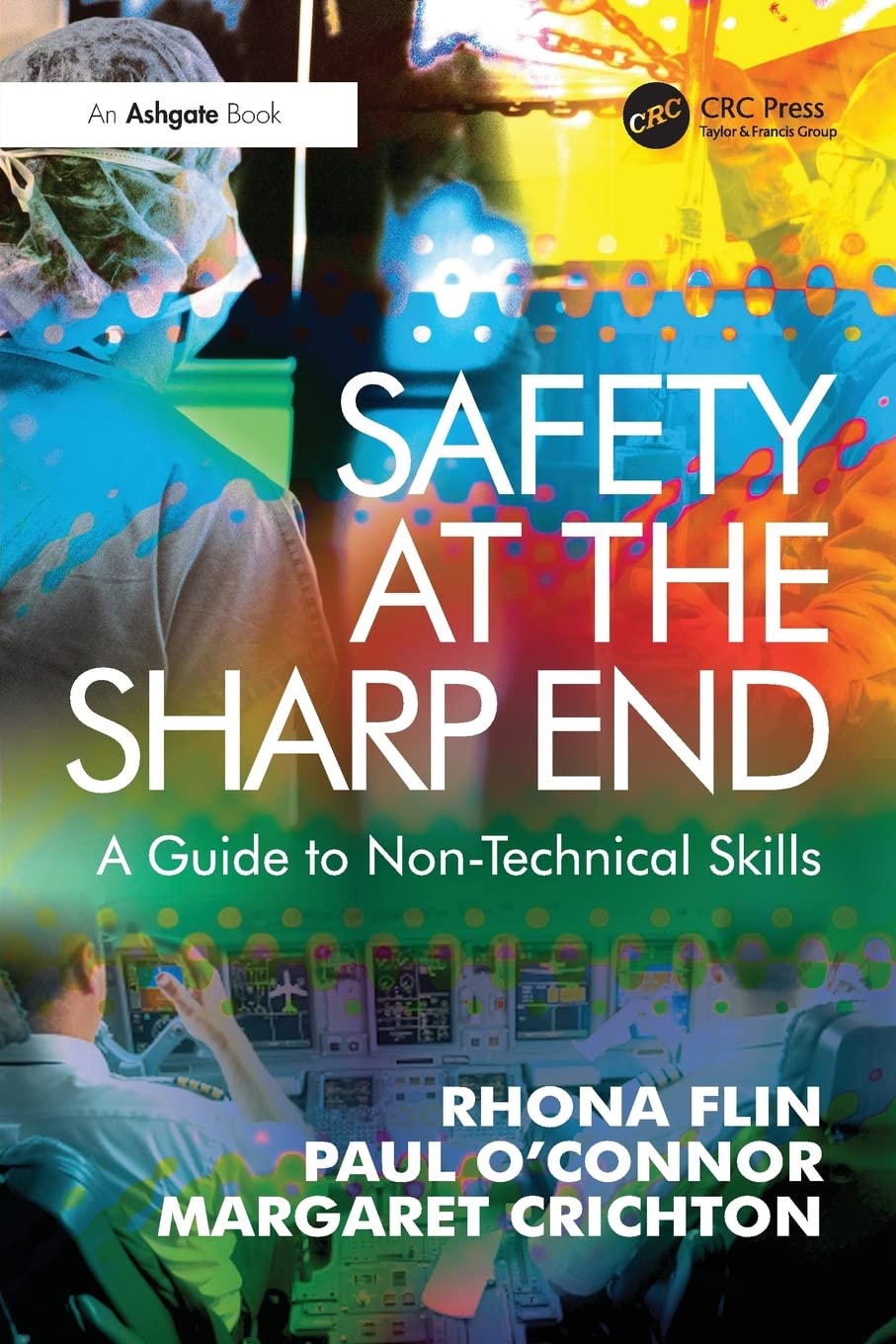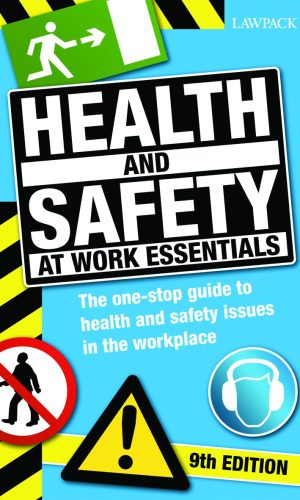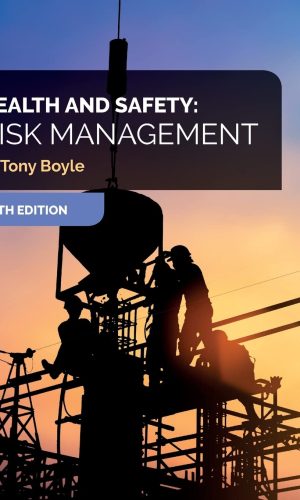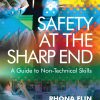Safety at the Sharp End: A Guide to Non-Technical Skills
£42.60£44.60 (-4%)
Many 21st century operations are characterised by teams of workers dealing with significant risks and complex technology, in competitive, commercially-driven environments. Informed managers in such sectors have realised the necessity of understanding the human dimension to their operations if they hope to improve production and safety performance. While organisational safety culture is a key determinant of workplace safety, it is also essential to focus on the non-technical skills of the system operators based at the ‘sharp end’ of the organisation. These skills are the cognitive and social skills required for efficient and safe operations, often termed Crew Resource Management (CRM) skills. In industries such as civil aviation, it has long been appreciated that the majority of accidents could have been prevented if better non-technical skills had been demonstrated by personnel operating and maintaining the system. As a result, the aviation industry has pioneered the development of CRM training. Many other organisations are now introducing non-technical skills training, most notably within the healthcare sector. Safety at the Sharp End is a general guide to the theory and practice of non-technical skills for safety. It covers the identification, training and evaluation of non-technical skills and has been written for use by individuals who are studying or training these skills on CRM and other safety or human factors courses. The material is also suitable for undergraduate and post-experience students studying human factors or industrial safety programmes.
Read more
Additional information
| Publisher | 1st edition (28 Jan. 2008), CRC Press |
|---|---|
| Language | English |
| Paperback | 336 pages |
| ISBN-10 | 0754646009 |
| ISBN-13 | 978-0754646006 |
| Dimensions | 2 x 14 x 22 cm |












by Andy Evans
Following the introduction, the book is structured around chapters on 7 ‘non-technical’ (i.e. human factors related) skills. These are: situational awareness, decision making, communications, team working, leadership, managing stress and coping with fatigue. There are then 3 more general chapters on identifying, training and assessing non-technical skills. The examples used are mostly from aviation, offshore and surgery. There are extensive bibliographies after each chapter. While covering some complex subjects the writing style is very accessible.
by Mr. P.E.Roche
Excellent book. A must for researchers or students in human behaviour. Clearly laid out and supported with references. Should be on the book shelf of every safety manager for Transport and the Medical profession.
by WasBikeBloke
A very well researched work with many useful references and examples to real world cases, and application of sound processes.
by dezdez9
Used it as the basis for pre-coirse assignmentsfor an SFJ (level 5) accredited fire service Incident Command Course. Especially useful for anyone researching Decision Making.
Quite an easy read considering the subject matter, far easier than the academic papers I also used to write my assignments.
Did it provide me with the understanding to complete my work – yes. Would I take it on holiday – no!
by Simon Nixon
This is a well written book that introduces the issues / idea of ‘Human Factors’ into errors across a number of areas including, surgical safety, the nuclear industry and aviation. It puts forward seven main catagories and divides these into a number of non-technical skills. For example, situation awareness is identified as a category and sub-divided into three elements which include, gathering information, interpreting information and anticipating future states. Each of these elements are then discussed in a chapter illustrating each with examples from various contexts. I was looking at this book from a surgical perspective and use it as a source for both post and pre-registration Operating Department Practitioner and nursing students. It raises interesting relevant points but where comparing avaition to health for example whilst dealing with ‘human factors’ it seems not to give enough creedance to being human from a caring perspective. It discusses the idea and advocates that health care practitioners should wear ‘do not disturb’ tabbards when carrying out complex and potentially dangerous tasks such as medicine rounds, comparing this to the pre-flight checks that go on in the aircraft cockpit. Fine but does not take into account the cockpit is isolated from the passengers but the medicine round is not isolated from the other patients and their requirements.
I think that it is a useful text and gives students quite a lot to think about in relation to their practice.
by tj
Everything i needed was included, fantastic value for money. has helped me with my work, I use the information for my training.
by A. Ashton
I consumed this book one Easter Holidays. From some humble beginnings with a Sim Man this ignited my interest in Human Factors and how it can be applied in the workplace. I work in an ED and this environment is just right for the application of human factors training. Now when we call our trauma team we all have labels with our roles and our names stuck to the front of our aprons so that we can communicate better. Over the past couple of years simulation and Human Factors training have started having a real impact in Emergency Medicine. The only thing I would say is that this area has move on very fast and there is enough simulation data now to provide some more examples from medicine itself, instead of aviation. However, if you are just starting out this is a great read, filled with tales of awful accidents and their simple, remediable origins.
by John Watson
Great read